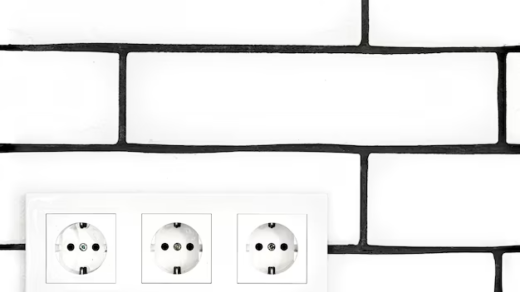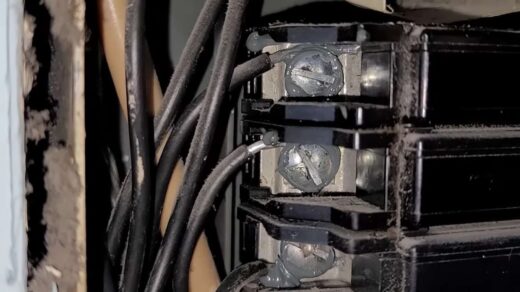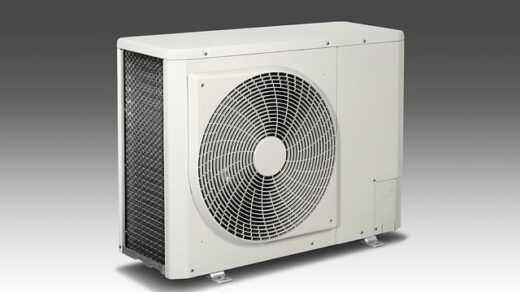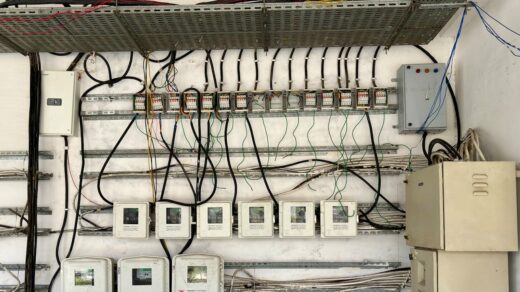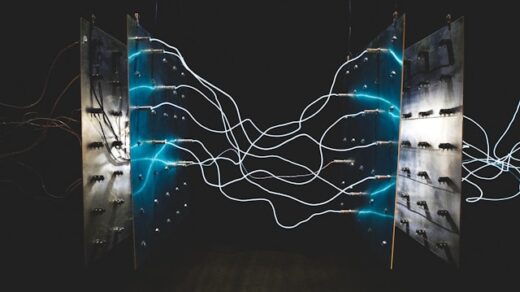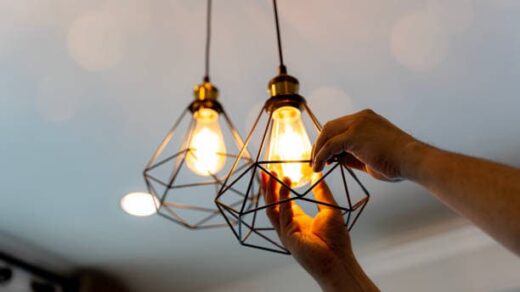The kitchen is the heart of many homes. It’s where meals are prepared, conversations happen, and memories are made. With a rise in the importance of aesthetic design, homeowners are often looking for ways to keep the kitchen looking sleek and uncluttered. One of the common challenges in achieving this is dealing with electrical outlets. This guide will delve into innovative methods to conceal these outlets without compromising on functionality.
Table of Contents
- The Need to Conceal Electrical Outlets;
- Top Methods to Hide Electrical Outlets;
- Safety Tips When Installing Hidden Outlets;
- Conclusion.
The Need to Conceal Electrical Outlets
Electrical outlets, indispensable to any modern kitchen, play a pivotal role in powering our essential appliances and gadgets. However, their often stark and functional design can stand in stark contrast to the sophisticated aesthetics that homeowners seek in their cooking spaces. The color and style of these outlets might not align with the intricate patterns of your backsplash or the contemporary finish of your countertops.
Furthermore, they could intrude upon the smooth, flowing lines of a meticulously curated kitchen wall or island setup. In certain design themes, such as minimalist or ultra-modern, these outlets could even appear as glaring blemishes, detracting from the intended visual impact. By artfully hiding or integrating these outlets, homeowners can strike a perfect balance. This allows for a space that doesn’t just look pristine and tailored to one’s taste, but one that also remains high-functioning and practical for everyday culinary tasks.
Top Methods to Hide Electrical Outlets

- Under-Cabinet Outlets: One of the most sophisticated methods to conceal electrical outlets is by positioning them under the kitchen cabinets. This strategic placement not only ensures that the kitchen walls and backsplash remain undisturbed by visible outlets but also provides easy access when appliances need power. The outlets remain concealed from the direct line of sight, preserving the aesthetic integrity of the kitchen, while still ensuring that the functionality isn’t compromised. It’s the perfect blend of design and utility;
- Pop-Up Outlets: Modern kitchen designs often gravitate towards the incorporation of islands and expansive countertops. Here, pop-up outlets come as a boon. These innovative outlets are cleverly embedded within the countertop itself, allowing homeowners to simply ‘pop’ them up when electrical access is needed. When not in use, they retract, leaving the countertop looking uninterrupted and sleek. It’s a solution that epitomizes contemporary design and functionality;
- Integrated Outlets in Backsplash: For homeowners who prefer or require wall outlets but are apprehensive about the visual disruption they might cause, integrated outlets in the backsplash offer a remarkable solution. This involves crafting outlet covers that seamlessly match the tile, stone, or other materials of the backsplash. The result is an outlet that blends in with its surroundings, almost camouflaging itself, while still being fully functional;
- Drawer Outlets: The drawer outlet concept has emerged as a groundbreaking solution for those who prioritize both aesthetics and utility. By integrating electrical outlets inside drawers, they remain completely hidden from view. This setup proves invaluable for charging devices or for appliances that need intermittent charging, such as cordless blenders, hand mixers, or even smartphones. It’s a clutter-free approach that ensures appliances and cables stay organized and out of sight;
- False Drawers and Decorative Covers: Certain kitchen designs incorporate elements that are purely decorative, such as false drawers or panels that don’t open or serve any practical purpose. These elements can be ingeniously repurposed to conceal electrical outlets. By placing outlets behind these panels or using decorative covers that resonate with the kitchen’s design theme, homeowners can ensure the outlets remain hidden, preserving the kitchen’s visual appeal. This method combines architectural creativity with functional design.
Safety Tips When Installing Hidden Outlets

As much as the aesthetic appeal of concealed outlets adds to the charm of a kitchen, prioritizing safety is paramount. Ensuring the safety of electrical installations is not only crucial for the protection of the property but also for the well-being of its residents. The following are comprehensive safety guidelines that every homeowner should consider when incorporating hidden outlets in their kitchen:
- Engage Qualified Professionals: It’s crucial to hire a licensed electrician for any outlet installations or modifications. A qualified electrician not only guarantees a proper installation but also ensures that the setup aligns with safety standards. This can protect homeowners from potential electrical hazards and ensure the longevity of the installation;
- Protection from Water: Kitchens are zones with high water activity, from sinks to dishwashers. As such, it’s vital to ensure that outlets, especially those near water sources, are equipped with Ground Fault Circuit Interrupter (GFCI) protection. A GFCI is designed to shut off electrical power when it detects a ground fault, thereby safeguarding against potential electrical shocks;
- Routine Inspection: While the allure of hidden outlets lies in their discreet placement, it’s essential to regularly inspect these outlets. Regular checks can identify wear and tear, ensure they are not overloaded, and verify that they remain in optimal condition. Overloading can lead to overheating and potential fire hazards, so periodic reviews are crucial for safety;
- Compliance with Local Codes: Different regions may have varying regulations concerning electrical installations. Always be informed and adhere to local building codes and regulations when adding or modifying outlets. This not only ensures a safer environment but can also be crucial when it comes to home insurance policies or resale considerations.
Conclusion
Hiding electrical outlets in your kitchen not only enhances its aesthetic appeal but also maintains a safe and functional environment. With a combination of creativity and adherence to safety protocols, you can achieve a kitchen space that is both stylish and practical.

